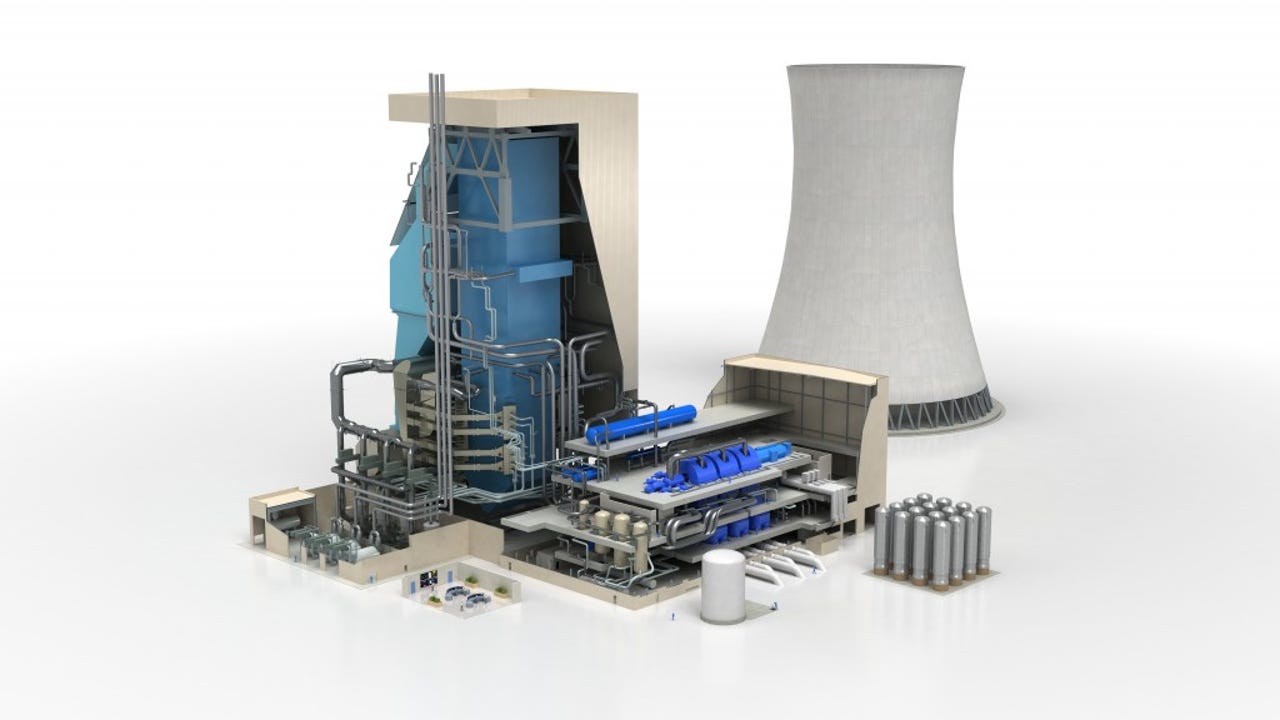GE Power's new software reduces emissions at any coal-fired power plant


Germany's RDK8 is the world's most efficient coal-fired power plant.
The U.N. and governing bodies around the globe are setting new goals for reducing carbon emissions, but that doesn't change the fact that a big portion of the world is still largely reliant on coal-generated power. Moreover, the firms running coal-fired plants aren't going to simply give up on their investments.
That's why GE this week unveiled a new set of digital technologies that, using data science, software and intelligent automation, can optimize any coal-fired power plant. If the new, equipment-agnostic technology, called "Digital Power Plant for Steam," were deployed at every existing coal-fired power plant globally, it could eliminate 500 million metric tons of greenhouse gas emissions, GE says -- the equivalent of removing 120 million cars from the road.
It's part of GE's broader mission, launched last year, to bring the Internet of Things (IoT), cloud and analytics to utilities.
The new technology is based on code and neural networks developed by NeuCo, the Boston-based machine learning and data analytics startup that GE acquired in April. The DPP for Steam software interprets data from more than 10,000 sensors placed across a steam power plant and can increase efficiency by as much as 2 percent. NeuCo's neural nets help make a power plant's boiler perform better while analyzing coal quality to reduce fuel use. By replicating the entire plant in the cloud, the system identifies areas where performance can be improved.
"The majority of power generation in many parts of the world is still from coal and it's not going away," said Ganesh Bell, GE Power's chief digital officer. "Our customers have sunk a lot of money in coal-fired plants and they expect to run them for decades. But in the post-COP21 world, they may not be able to because they won't comply. We're now giving them more options to run their assets by rejuvenating their operations with software."
Looking at the bigger picture, Bell said that the DDP for Steam system will help utilities optmize power generation with a mix of energy sources, whether that includes coal, nuclear, wind or other sources of power. The DDP for Steam system is built on GE's Predix cloud-based platform, as was GE's other solutions for optimizing power, like its Digital Wind Farm. Predix, Bell said, gives "an enterprise-wide view of all generation and all of data in a single secure cloud."
Earlier this year, Bell told ZDNet that "it's the very early days" for IoT in the energy market.
"The market opportunity is big for the value our customers can create," he said. "But we didn't decide to do this because it's a big market. We got here because customers were asking for bigger outcomes and for us to provide the hardware and software."